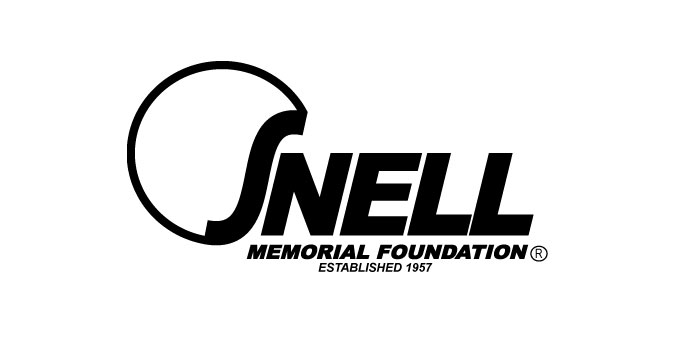
Page Contents
What are photochromic shields?
Photochromic means something that changes colour in response to light. So, in the case of shields, that means a shield that will darken in response to UV light.
Which means it’ll stay light when indoors (indoor lights don’t transmit much UV apparently) or when it’s dark or a dull day. But when it gets sunny, then the shield will start to darken. And when it gets really sunny, it’ll do it quickly and get really dark – Lazer quotes an 80% tint for its Lumino shields.
How quickly do they change?
Well, photochromic shields are known to darken more quickly than they lighten and the speed it takes is slightly temperature dependent too. But, if it’s a really bright and sunny day, they’ll typically reach max darkness in about 20s – or about the time it takes to get on your bike, put your helmet on and set off. Which is pretty cool.
How do they work?
Most of the photochromic shields on the market today use technology developed by a company called Transitions – including those available from Shoei, Bell and Lazer (see below).
Transitions lenses use a light-sensitive dye to either impregnate or coat the surface (depending on the material). When exposed to UV light, the molecules in the dye change structure, causing the shield to darken.
For more info on how it all works, here’s a link to Transition’s technology page.
We’re great fans of photochromic shields – especially when helmets come with them in the box like the very reasonably priced Bell Qualifier DLX full face and Lazer Monaco flip-up (that’s SHARP 4 star rated too).
You’ll find helmets that come with photochromic shields in the box here on our photochromic shield page. Or read on…
Which helmets come with Photochromic shields?
At the time of writing, the following manufacturers either offer their helmets with a photochromic shield as standard fitment, or have one available to buy separately.

Bell
Bell produces what it calls their Trinsitions SOLFX ClickRelease shield. The following helmets have one available to fit:
Bell Qualifier DLX – comes as standard with one in the box.
Bell Star, Vortex, RS-1 and Revolver – all ClickRelease compatible but not included.
Lazer
Lazer’s Lumino shield system is their photochromic shield brand that also uses Transitions technology. Lazer say that at it’s maximum it is 80% tinted (i.e. gives 20% light transmission). It blocks 100% of UV and is anti-fog coated too.
The Lazer Monaco comes with a Lumino photochromic shield in the box. However Lazer also say you can also buy photochromic shields for the Kite, Falcon, Osprey and Kestrel helmets.
Shoei
Shoei produces a Transitions adaptive shield for their CWR-1 shield shape which means it should be available for the X-Fourteen, RF-1200 and RF-SR helmets. Note none of these helmets come with a transitions shield in the box.
To read reviews and previews of all the helmets that either come with a photochromic shield or have one available to buy separately, visit our helmets with photochromic shields page.






